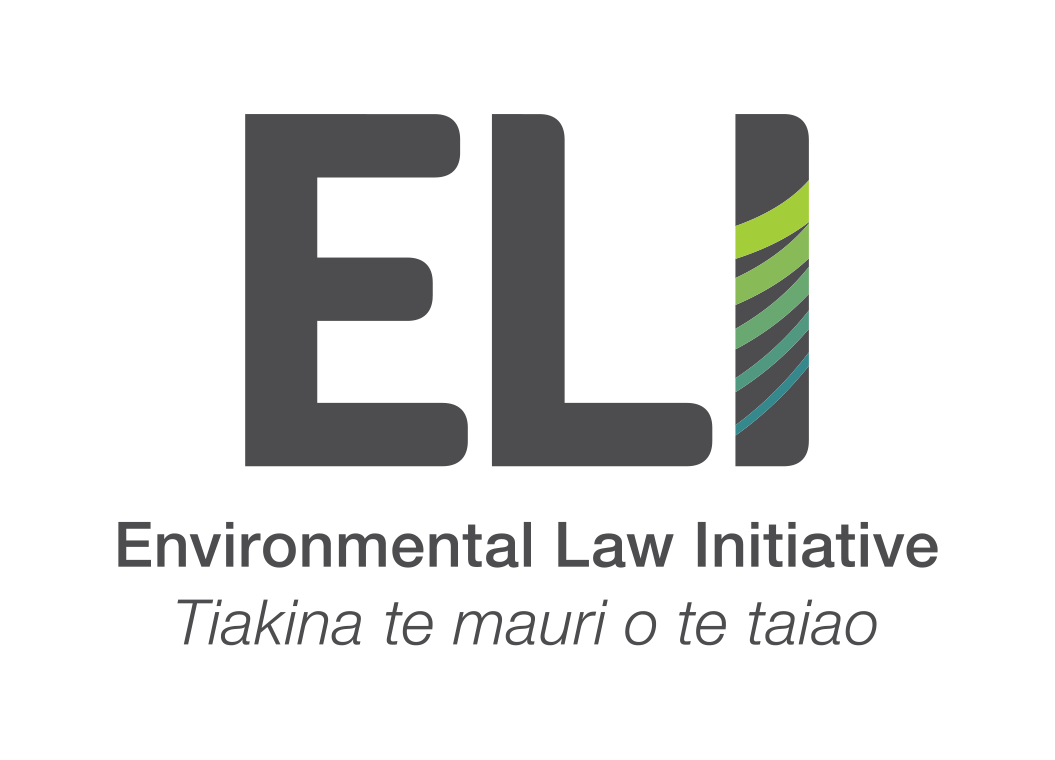
Bottom trawling - orange roughy
ENVIRONMENTAL LAW INITIATIVE v MINISTER FOR OCEANS AND FISHERIES
ELI has filed proceedings against the Minister for Oceans and Fisheries for a 2023 decision setting the number of orange roughy that can be fished each year.
Orange roughy are one of the longest-lived fish in the world.
In 2015, an orange roughy was caught off the coast of Wellington by a deep-sea trawler. By counting the rings inside its inner ear, this fish was estimated to be between 230 and 245 years old. It had been swimming around the deep ocean since Europeans first set foot on Aotearoa.
This is a remarkable fish, but in the context of commercial fishing, that extraordinary lifespan makes orange roughy populations vulnerable to over-exploitation. They are slow to mature, so they are often caught before they have a chance to reproduce. Overfishing led to plummeting populations and fishery closures in the 1990s.
Today, the status of orange roughy stocks remains highly precarious, particularly in ORH3B, the largest quota management area for orange roughy. We know that stocks are declining, but we don’t know how many fish are left.
Trawling the sea floor
Orange roughy are fished by bottom trawling, where a net is dragged along the ocean floor. Aotearoa is the only country in the South Pacific that still allows bottom trawling in the high seas. This fishing method destroys underwater features that are vital habitats for marine life, results in bycatch of vulnerable species like corals and sharks, and can release organic carbon stored in the sea-floor (contributing to climate change).
The “trawl footprint” measures how much of the ocean floor is trawled for fish. If fish populations aren’t doing well, the trawl footprint can increase, as more effort is needed to catch fewer fish. An increased trawl footprint can destroy or severely impact more of the seafloor and deep-sea features and animals.
ELI’s case
In 2023, the Minister reduced the total allowable catch for ORH3B by 40%. While we agree that a reduction is required, ELI has several concerns about the advice given to the Minister and the decision itself.
We want decisions on fish like orange roughy to be made in accordance with the law. Decision-makers must be cautious in the face of uncertainty, make decisions on the basis of the best available information, and consider the effects on the ecosystem as a whole rather than viewing species in isolation.
In our view, the Minister:
failed to take into account the best available information on the trawl footprint for orange roughy;
failed to consider how the adverse effects of bottom trawling could be avoided, remedied, or mitigated;
failed to protect habitats of significance, such as seamounts where many species congregate for spawning and shelter;
should have considered the total allowable catch controls for other species in the area, in line with considering the ecosystem as a whole.
Banner photo: "Orange Roughy" by NOAA Ocean Exploration & Research, CC BY-SA 2.0.
